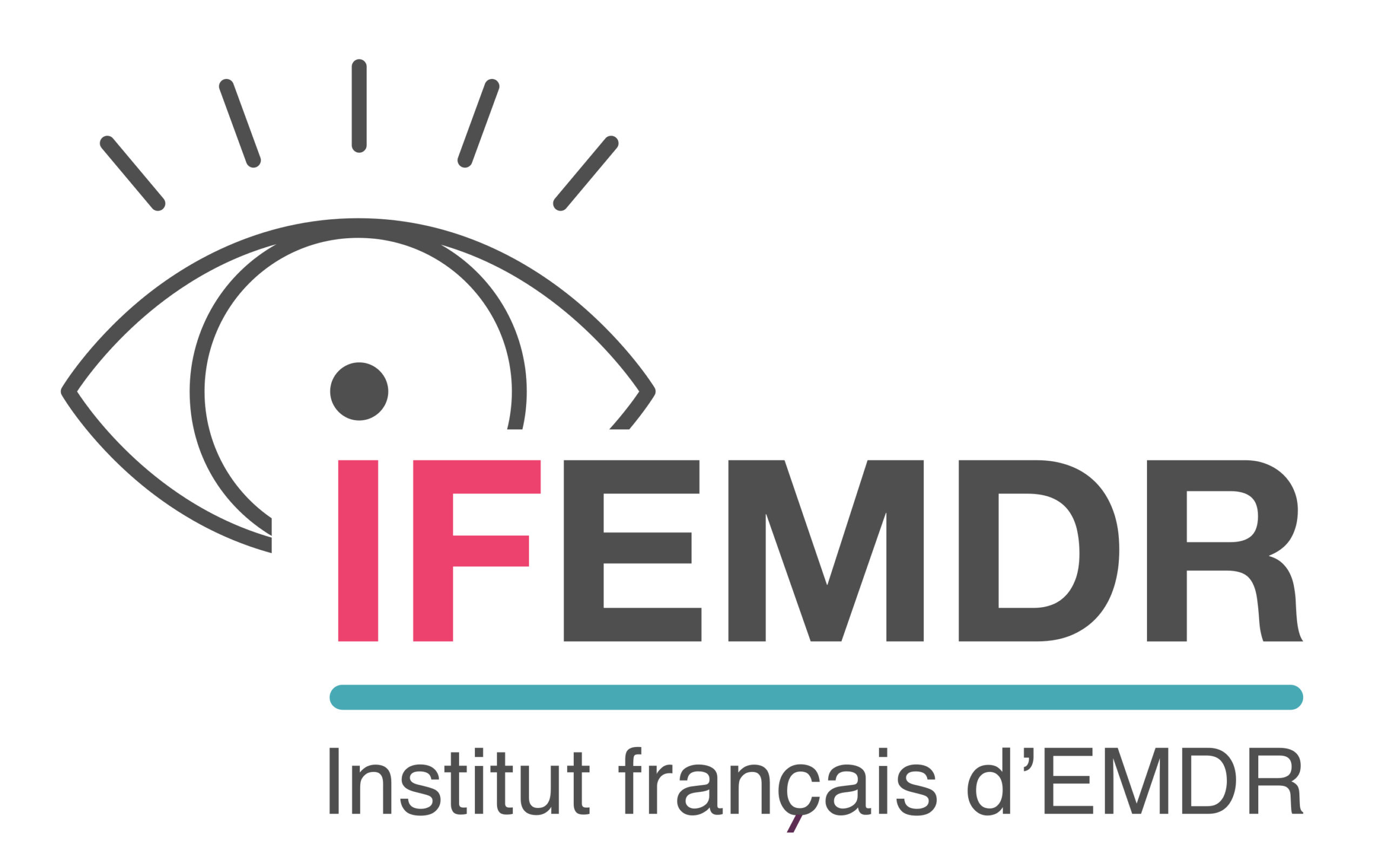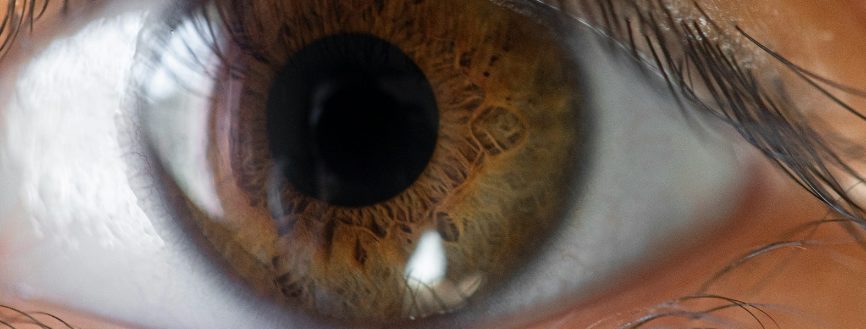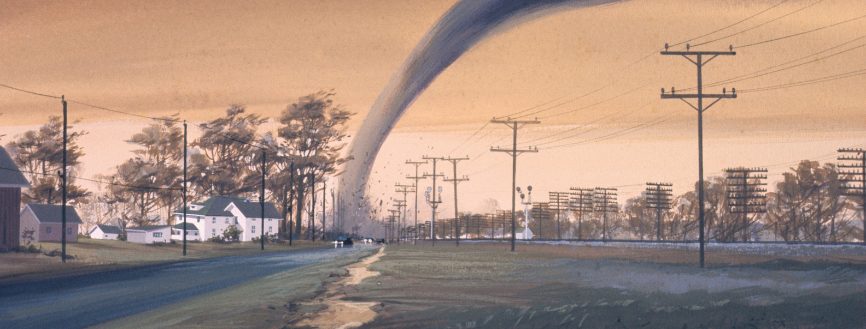
Bibliographie attachement désorganisé trauma complexe et dissociation
Mis à jour le 12 décembre 2022
Nous vous proposons une bibliographie attachement désorganisé trauma complexe et dissociation, réalisée par Giovanni Liotti.
N’hésitez pas à indiquer dans les commentaires tous les articles, livres et autres ressources qui vous semblent pertinents sur ce thème.
Références :
- Bowlby, J. (1982). Attachment and Loss, Vol. 1, 2nd ed. New York: Basic Books.
- Cantor, C. (2005). The evolution of post-traumatic stress. New York: Routledge.
- Dutra, L., Bureau, J.F., Holmes, B., et al. (2009). Quality of early care and childhood trauma : A prospective study of developmental pathways to dissociation. Journal of nervous and mental disease, 197, 383-390.
- Lichtenberg, J. D. (1989). Psychoanalysis and motivation. Hillsdale, NJ: The Analytic Press.
- Liotti, G. (1992). Disorganized/ disoriented attachment in the etiology of the dissociative disorders. Dissociation, 5, 196-204.
- Liotti, G. (2004). Trauma, dissociation and disorganized attachment: Three strands of a single braid. Psychotherapy: Theory, research, practice, training, 41, 472-486.
- Liotti, G. (2006). A model of dissociation based on attachment theory and research. Journal of trauma and dissociation, 7, 55-74.
- Liotti, G. (2009). Attachment and dissociation. In P.F. Dell & J.A. O’Neill (Eds.), Dissociation and the dissociative disorders: DSM-V and beyond (pp. 53-66). New York: Routledge.
- Liotti, G. (2011). Attachment disorganization and the clinical dialogue: Theme and variations. In J. Solomon & C. George (Eds.), Disorganized attachment and caregiving (pp.383-413). New York: The Guilford Press.
- Liotti, G. & Farina, B. (2011). Sviluppi traumatici. Milano: Raffaello Cortina Editore.
- Lyons-Ruth, K. (2003). Dissociation and the parent-infant dialogue: A longitudinal perspective from attachment research. Journal of the American Psychoanalytic Association, 51, 883-911.
- Lyons-Ruth, K., Dutra, L., Schuder, M.R., & Bianchi, I.(2006). From Infant Attachment Disorganization to Adult Dissociation: Relational Adaptations or Traumatic Experiences? Psychiatric Clinics of North America, 29 (1), 63-71.
- Main, M., & Morgan, H. (1996). Disorganization and disorientation in infant Strange Situation behavior: Phenotypic resemblance to dissociative states? In L. Michelson & W. Ray (Eds.), Handbook of dissociation (pp.107-137). New York: Plenum Press.
- Minet Benjamin (2005) Mind Time, the temporal factor in consciousness, Paperback
- Ogawa, J. R., Sroufe, L.A., Weinfield, N.S., Carlson, E.A., & Egeland, B. (1997). Development andthe fragmented self: Longitudinal study of dissociative symptomatology in a nonclinical sample. Development and Psychopathology, 9, 855-879.
- Panksepp, J. (1998). Affective neuroscience: The foundations of animal and human emotions. Oxford: Oxford University Press.
- Perry Bruce (2007) The boy who was raised as a dog, And Other Stories from a Child Psychiatrist’s Notebook–What Traumatized Children Can Teach Us About Loss, Love, and Healing, Paperback
- Schore, A.N. (2009). Attachment trauma and the developing right brain: origins of pathological dissociation. In P.F. Dell & J.A. O’Neill (Eds.), Dissociation and the dissociative disorders: DSM-V and beyond (pp. 107-141). New York: Routledge.
- Van der Hart, O., Nijenhuis, E., & Steele, K. (2006). The haunted self. New York: Norton. Pour la traduction française: Le Soi Hanté. Bruxelles: Ed. De Boeck.
- Weiss J and all (1995) How Psychotherapy Works: The Findings of the San Francisco Psychotherapy Research Group



